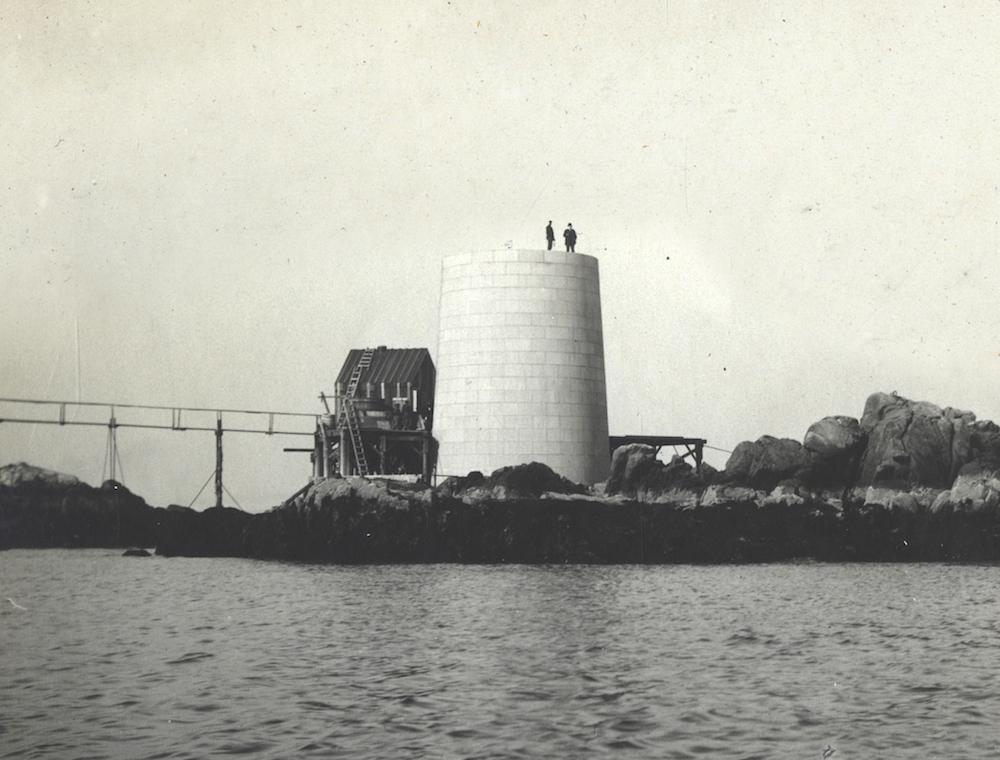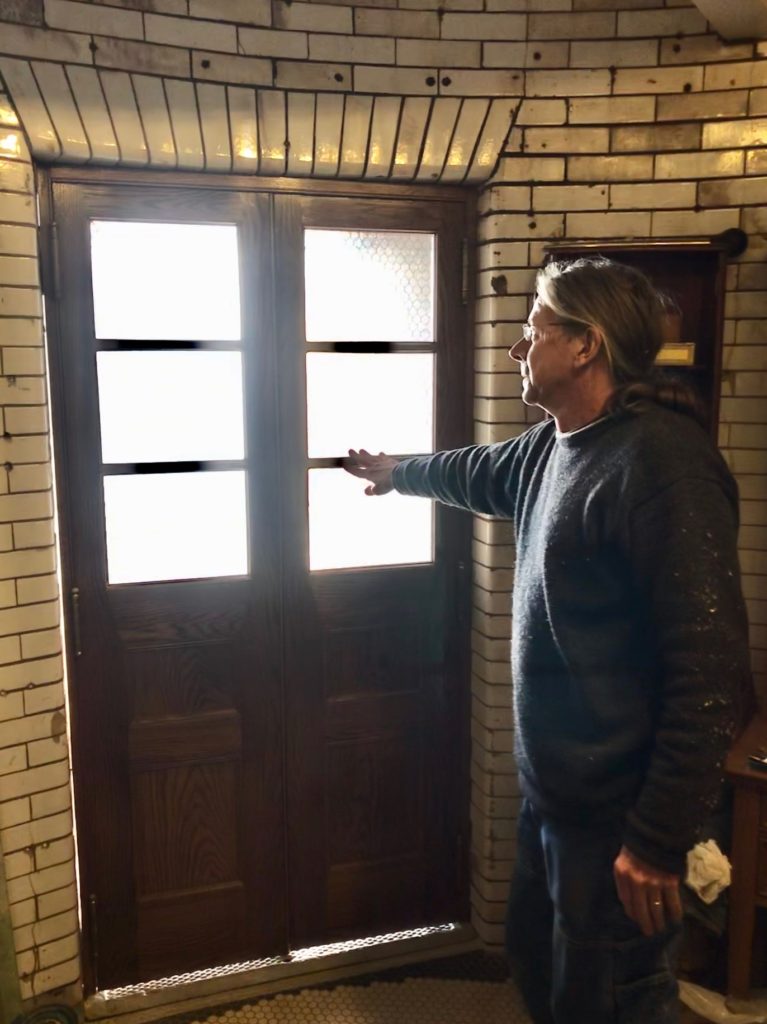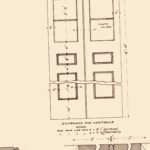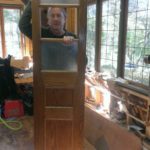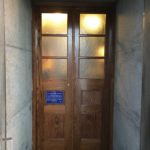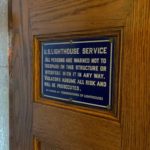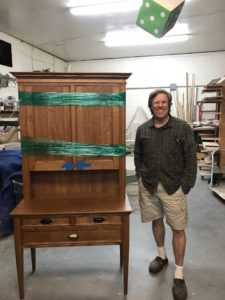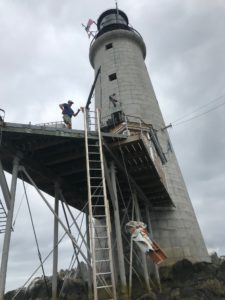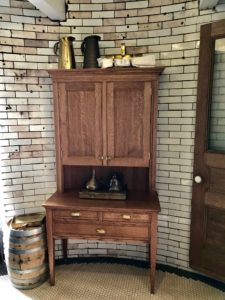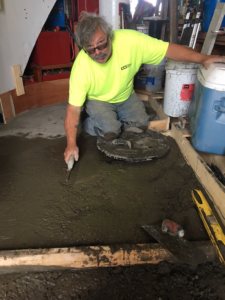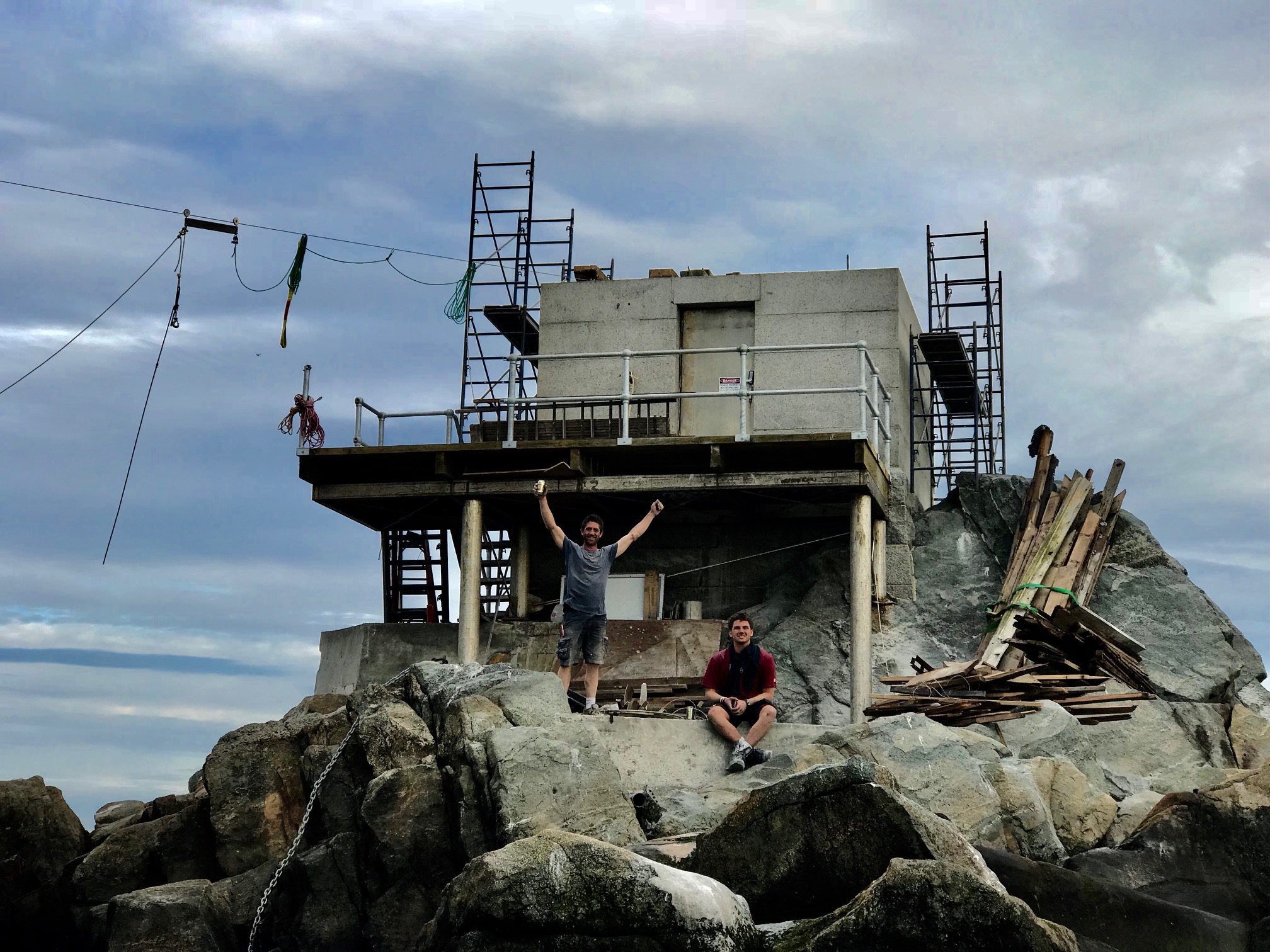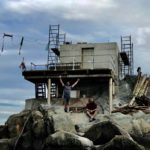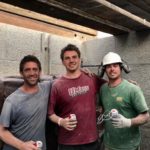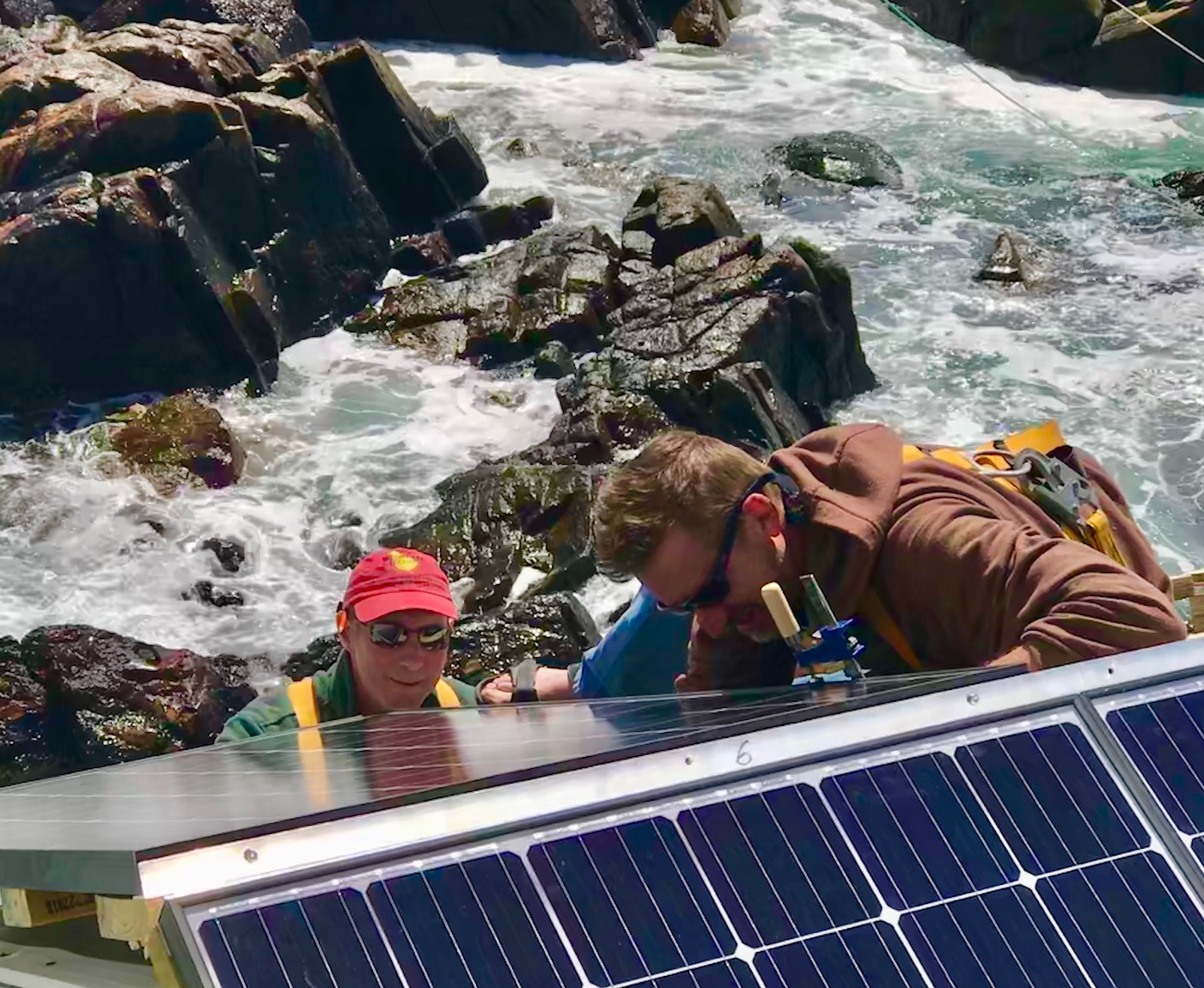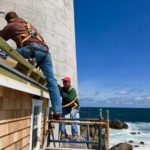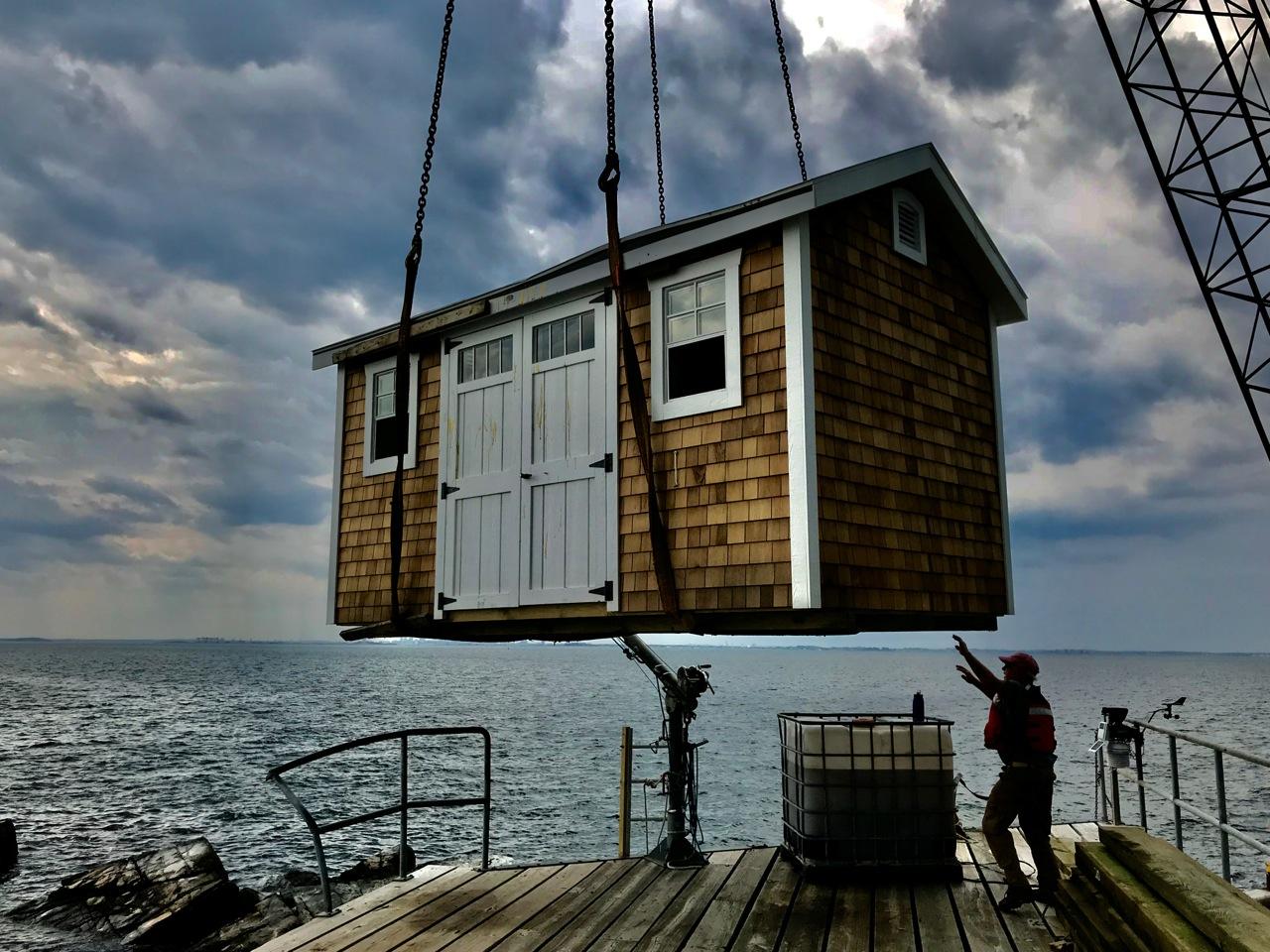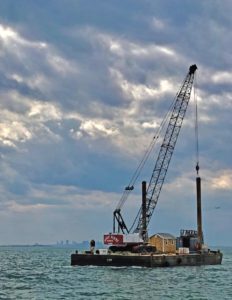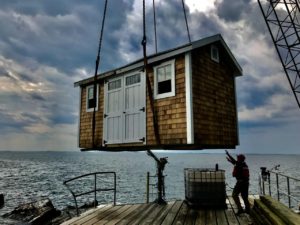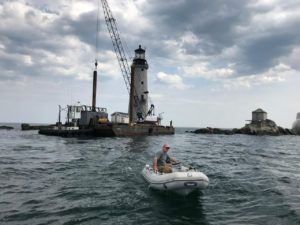Here’s a shoutout to Professor Russ Rowlett, whose years of work have given everybody access to what could be the world’s largest database of lighthouses.
“For many years, Russ Rowlett, a mathematics professor at the University of North Carolina, has been building one of the most useful lighthouse related sites on the Internet,” the Lighthouse Society reports.
“The Lighthouse Directory provides information and links for more than 20,700 of the world’s lighthouses, divided into sections by countries and regions. There’s also a list of the latest lighthouse news headlines and other pertinent facts. Anyone who’s struggled to find information on a lighthouse, famous or obscure, has probably gone to the Lighthouse Directory in search of enlightenment at one time or another,” the Lighthouse Society says.
Spend a year of rainy weekends on Russ’ Lighthouse Directory and you still probably won’t finish it all. It’s constantly being updated, too. That’s http://www.ibiblio.org/lighthouse/.




